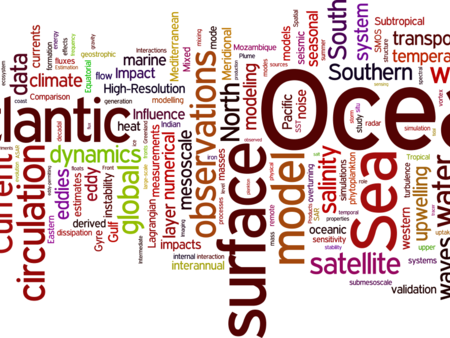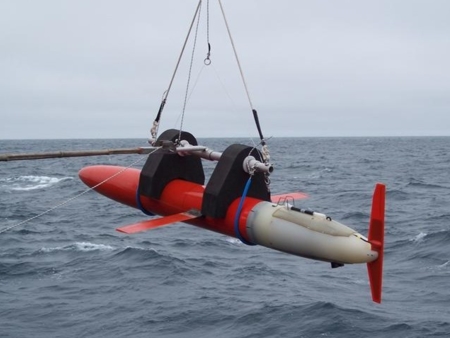The Reykjanes Ridge Experiment
Motivations: The Reykjanes Ridge, a major topographic feature of the North-Atlantic Ocean lying south of Iceland, is localized in a strategic place for the Meridional Overturning Cell (MOC) that is the primary mechanism for the meridional transport of heat, salt and carbon. It influences the main paths followed by the two limbs of the MOC and is the gate towards the deep convection areas for the warm water masses of the upper limb. However, the temporal mean and variability of the structure of the flow along and over the ridge and the prevailing dynamical regimes are still poorly characterized and understood. In addition, numerical models used both for climate scenarios (1° to 1/4°) and operational short-term forecasts(1/12°) present deficiencies in the subpolar gyre. This is partly due to a wrong representation of flow-topography interactions around the Reykjanes Ridge, which tends to bring too much warm and salty water to the Irminger and Labrador Seas. The model resolution is a likely source of problem as very high-resolution (1/36°) is necessary to resolve the relevant dynamical scale, the Rossby radius of deformation. Additionally, observation over the ridge of enhanced turbulent mixing, a key parameter that modifies water mass properties, suggests that deficiencies in the representation of vertical mixing may be an additional source of model biases. Indeed, turbulent diapycnal mixing is ten-to fifty-fold larger near the Reykjanes Ridge than in the neighboring Irminger Basin and the influence of this mixing activity on the flow dynamics and water mass conversion at the Reykjanes Ridge has never been investigated.
Ojectives: In the RREX project, we propose an in-depth investigation of the interactions of the ocean currents with the Reykjanes Ridgein order to: document the circulation around and over the ridge and identify the processes controlling the dynamical connections between the two sides of the ridge; quantify and understand the water mass transformation near the Reykjanes Ridge; identify key parameters in general circulation models that are critical for an adequate representation of the circulation and water mass transformation at the Reykjanes Ridge and provide recommendations for the improvement of the ocean component of the next generation of climate model. To achieve those objectives, laboratory experiments and idealized simulations combined with a new and ambitious dataset and new realistic model simulations will be used altogether.
See the cruises page from the French Oceanographic Fleet website, where data and list of publications are available.







